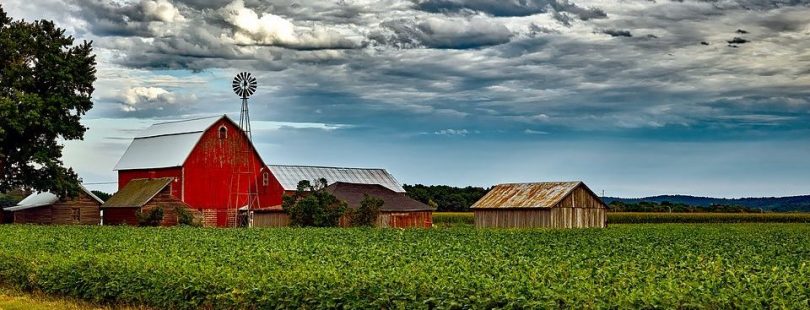Crop Insurance Policy
Improving Federal Crop Insurance
AGree advances policy changes to improve the Federal Crop Insurance Program (FCIP) by incorporating conservation practices that are proven to reduce risk. There are a variety of barriers within the FCIP that impede adoption of conservation practices, including:
RMA is the regulator of what constitutes a Good Farming Practice (GFP). Any GFP, as defined by RMA, may not jeopardize the insured crops’ “ability to make normal progress toward maturity and produce at least the yield used to determine the production guarantee or amount of insurance.” The need to prove that a new practice will not jeopardize yield prohibits farmers and ranchers from adopting conservation practices whose yield benefits may take several years to realize.
RMA Good Farming Practices do not allow interseeding cover crops with corn and soybeans. Planting cover crops between rows of corn and soybeans provides a more consistent stand and the added benefit of being able to graze the cover crop after harvesting the primary crop. If cover crops are not interseeded, producers must apply them aerially (which worsens the cover crops’ stand) or apply after the corn/soy harvest (when the cover crop does not have enough time to grow to maturity for grazing).
RMA Good Farming Practices require that cover crops are terminated before the cash crop comes up. However, allowing cover crops to grow to maturity can help farmers manage their fields by decreasing weeds.
Most fields with relay cropping are not insurable, and relay cropping rules differ from state to state, making understanding insurability complicated. Relay cropping for soybeans seeded into a small grain crop is now insurable, but only by individual written agreements for which data is difficult to compile. Farmers in the western U.S. must provide three years of data to qualify, while farmers in the eastern U.S. do not need to submit data. The 2022 change to make relay cropping insurable is only a small step in the right direction because of the data and written agreement requirements for the policy.
On operations where a producer keeps living crops on the land year-round, producers cannot insure their second crop as a revenue crop if it serves as both a cover crop and a revenue source. Especially common in the South, double cropping provides significant soil health benefits. However, the producer either must terminate it to qualify for cover crop programs or harvest it for seed, or other economic use, and take on the risk themselves. FSA/RMA also has a strict definition for which counties are eligible for double cropping.

Past Successes
During 2018 Farm Bill negotiations, the AGree E2 Coalition successfully lobbied for a provision that removed barriers to adoption of cover crops within federal crop insurance, which was included in the bill’s final text. Even though cover cropping is one of USDA’s recognized Good Farming Practices, a farmer’s crop insurance previously could have been jeopardized by planting a cover crop. The AGree E2 Coalition worked to change this guidance through Farm Bill advocacy efforts, public advertising, managing a letter signed by 8 U.S. Senators, and publishing letters of support and press releases.
In July 2019, USDA implemented clarified guidance, which provides important flexibility and greater certainty for farmers to harvest, graze, and terminate cover crops and maintain eligibility for federal crop insurance on their primary cash crop. This was a clear win for both farmers and their land!
Conservation Practices and the Federal Crop Insurance Program (FCIP)
Read our list of barriers to conservation practice adoption in the Federal Crop Insurance Program.
